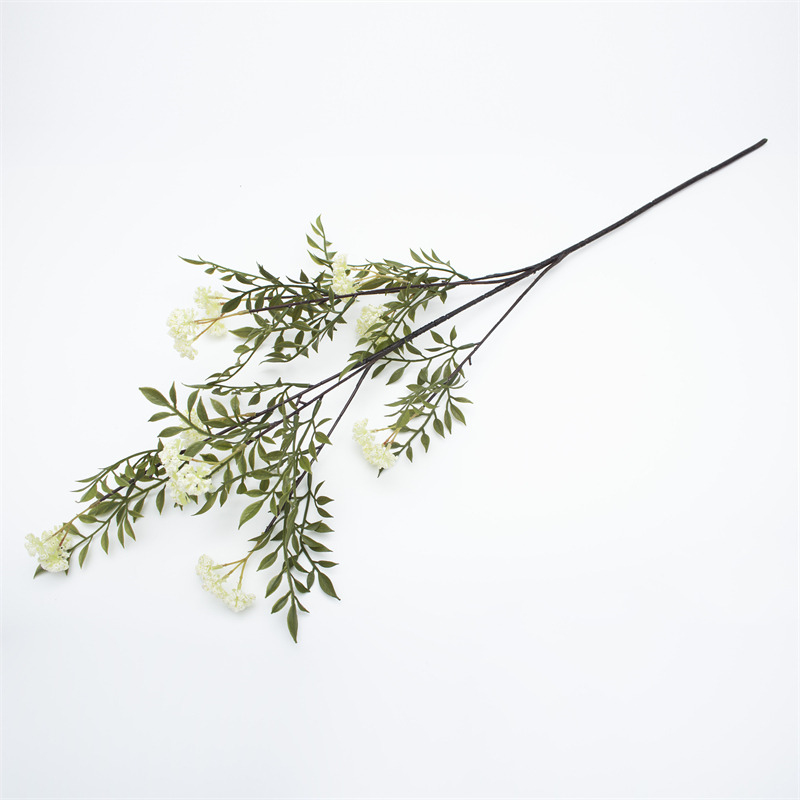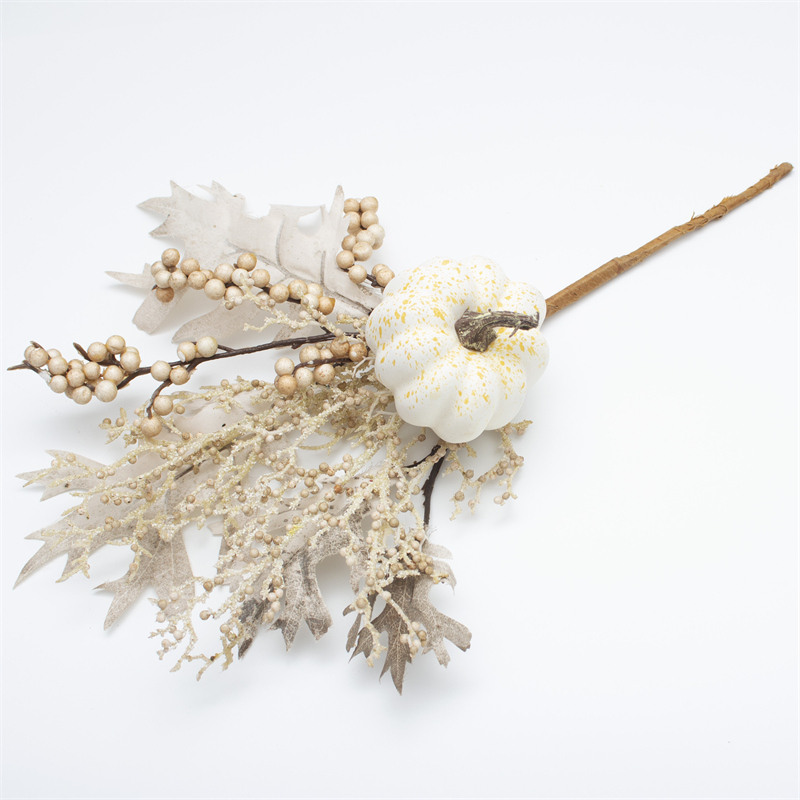
Artificial Flowers have moved beyond their decorative stereotype. They are now an essential design material — adaptable, sustainable, and expressive. With advancements in material realism and design thinking, artificial botanicals are used in creative ways that real flowers often cannot support. The question is no longer whether to use artificial flowers, but how to use them thoughtfully.
This article explores the many purposes and creative directions for artificial flowers — from interior design and event styling to DIY crafts and long-term sustainability — showing how they can transform spaces and experiences with enduring beauty.

Unlike natural blooms, artificial flowers are not bound by time, climate, or care. Their versatility allows them to appear in settings that are difficult for live plants to survive.
Durability: They hold color and shape for years.
Flexibility: They can be bent, trimmed, glued, or arranged without damage.
Transportability: No water or refrigeration means easy movement for events or installations.
Consistency: Perfect for commercial branding or spaces that demand a uniform look year-round.
These qualities make artificial flowers a design medium — not just substitutes for real plants.
Artificial flowers are a cornerstone in modern interior styling. When used with balance and intent, they add texture, color, and depth to any space.
Place a well-structured bouquet on a console table, a dining centerpiece, or an entryway niche. The permanence of artificial blooms ensures the design remains stable and visually pleasing throughout the year.
Combine faux flowers with wood, stone, glass, or ceramics. Natural materials emphasize authenticity, while artificial flowers contribute form and color without maintenance. This contrast creates a timeless organic aesthetic.
In commercial interiors — hotels, offices, galleries — artificial botanicals offer design continuity. They maintain freshness under air conditioning, artificial lighting, or lack of sunlight where real plants fail.
By rotating arrangements — spring pastels, summer greens, autumn golds, and winter whites — interiors stay in tune with seasonal moods without the waste or cost of real flowers.
In event design, artificial flowers deliver flexibility, structural reliability, and cost efficiency.
Their lightweight, reusable stems make it possible to build large-scale backdrops or arches that can be moved between venues. Real flowers wilt quickly; artificial ones sustain volume and color during multi-day events.
Professional florists often mix real and faux blooms to reduce cost and increase stability. artificial stems fill structural gaps while fresh flowers add scent and organic detail.
Artificial flowers eliminate customs and quarantine issues when traveling abroad. They can be prepared months ahead, guaranteeing visual consistency regardless of local flower availability.
Bridal bouquets made with artificial flowers endure as lasting memories. They resist fading, preserving emotional significance long after the event.
Hotels, restaurants, and retail stores require visual cohesion. Artificial arrangements maintain color fidelity and composition over months, avoiding the fluctuating quality of live deliveries.
No stagnant water, pollen, or decay means artificial arrangements are safe for sensitive environments — hospitals, spas, and restaurants. They align with modern hygiene protocols.
Color and form influence mood. Artificial flowers, when chosen with design harmony, reinforce brand emotions — calmness, energy, luxury, or natural warmth — without the unpredictability of live florals.
Artificial flowers are not limited to bouquets. They can integrate into architecture and lifestyle accessories in subtle, innovative ways.
Use wreaths and garlands for doors, mirrors, or feature walls. Their form adds depth and can change with the season. The circular composition suggests continuity and welcome.
Lightweight artificial vines or floral strings can soften ceilings and lighting fixtures. This creates immersive atmospheres in living rooms, cafés, or reception spaces.
Single stems or small clusters can enhance tableware without the fragility of fresh blooms. For long events, they remain perfect from start to finish.
Small bundles placed beside books, candles, or photo frames bring softness to rigid lines. Subtle, neutral-toned artificial foliage provides balance and harmony to modern minimal interiors.
Artificial flowers are a foundation for handmade expression. Their adaptability allows for experimentation across art, fashion, and gift design.
Combine artificial flowers, ribbons, and dried branches to create personalized wreaths for holidays or home entrances. The same base can be re-styled seasonally.
Attach mini blooms or leaves to packaging for a premium handmade aesthetic. The recipient can reuse them as decoration, promoting sustainable gifting.
Flatten or cut artificial petals and leaves to craft dimensional artwork. Glue them into geometric or abstract compositions to add texture and visual intrigue.
Designers use artificial flowers for headbands, handbags, and event hats. Because they hold shape, they remain photogenic under lights and travel conditions.
Encasing artificial petals in resin yields durable jewelry, coasters, or decorative trays — a creative way to preserve their color and form.

Unlike fresh flowers, which are discarded after days, artificial ones can be reused across events and seasons. High-quality pieces can last five years or more with minimal fading.
They require no irrigation, refrigeration, or transport under controlled temperatures — cutting water and energy consumption in floral logistics.
Stems can be reassembled into new arrangements. Florists and designers often maintain a library of reusable stems, reconfiguring them for changing themes or clients.
Modern manufacturers now use recyclable plastics and biodegradable fabrics. Responsible sourcing and long-term reuse transform artificial flowers into a sustainable design resource.
When it’s time to update your décor, artificial flowers should not simply be thrown away. They can serve in new forms.
Cut old stems into smaller decorative pieces for gift wrapping, ornaments, or collage art.
Schools, community theaters, and art programs often welcome donations for stage design and workshops.
Store unused stems carefully in sealed boxes to prevent dust and deformation, extending their life for future use.
Stems and wire can be reused for DIY home projects or garden training frames. Even worn petals can become textural filler in shadow boxes or handmade lampshades.
Reusing extends product life and aligns with sustainable living principles.
To make artificial flowers look intentional and refined:
Choose natural tones and subtle imperfections.
Slight variation in hue and petal shape adds realism.
Mix materials and textures.
Combine matte leaves, silk blossoms, and wooden or ceramic containers.
Mind proportion and scale.
Large arrangements need breathing space; smaller stems suit shelf or table corners.
Embrace negative space.
Minimalist arrangements often feel more sophisticated than dense bunches.
Use lighting thoughtfully.
Diffused natural or warm artificial light enhances realism. Avoid spotlight glare that highlights artificial shine.
Maintain cleanliness.
Dust-free, well-maintained flowers convey care — the essence of tasteful design.
Artificial flowers are no longer a shortcut to decoration; they represent an intentional design language:
In minimalist interiors, they act as controlled color accents.
In rustic or bohemian styles, they blend with textures like jute and rattan.
In luxury settings, they mimic natural abundance with sculptural precision.
In commercial branding, they symbolize consistency, hospitality, and attention to visual detail.
They serve as tools of atmosphere — shaping how people feel in a space through form, texture, and proportion.
Artificial flowers are far more than imitations of nature. They are a design medium that merges aesthetics, practicality, and sustainability.
From home interiors to professional displays, from craft projects to large-scale installations, they offer endless possibilities for creativity.
What to do with artificial flowers?
You can decorate, design, educate, repurpose, and express — turning a simple material into an enduring statement of style. Their value lies not only in how they look, but in how thoughtfully they are used.